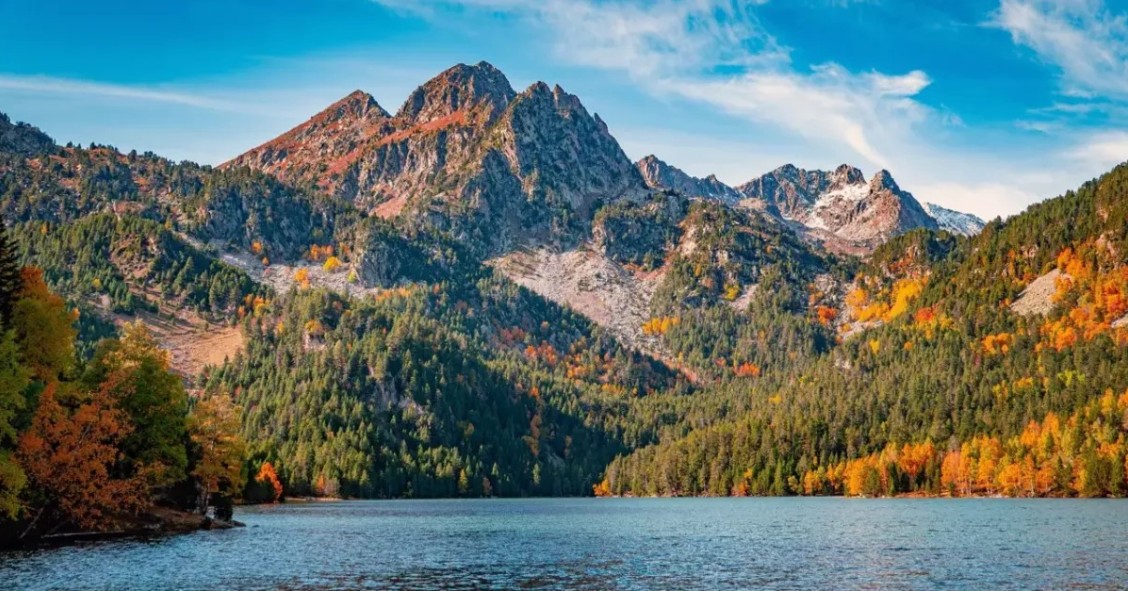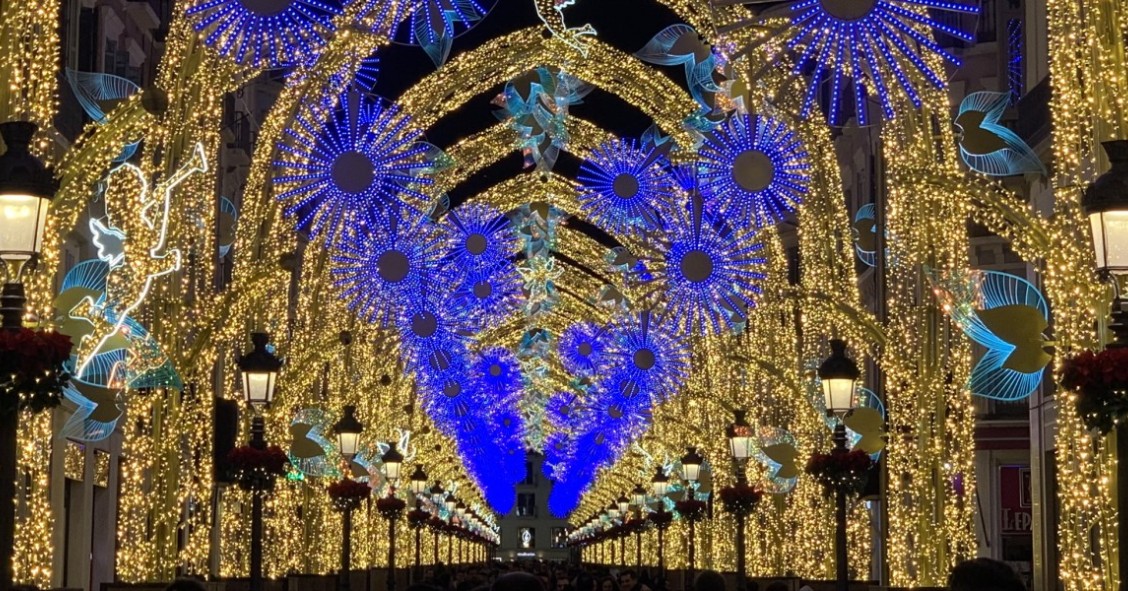
The sea has long been a boundless source of legends, inspiring fear and suspicion: monstrous creatures like the kraken, ghostly pirates and phantom islands.
In Spain, a legend over seven centuries old tells of an island that mysteriously appears and vanishes. We explore the mysteries of San Borondón, the so-called ninth island of the Canary Islands.
The ghost island of the Canary Islands that appears and disappears
The Canary Islands are a volcanic paradise, boasting some of the most spectacular landscapes in Spain and beyond. Golden sandy beaches, volcanoes such as Mount Teide, untamed natural beauty on islands like El Hierro and national parks like Timanfaya make the archipelago one of the world’s most sought-after tourist destinations year after year.
While most recognise eight Canary Islands – Tenerife, Gran Canaria, Lanzarote, Fuerteventura, La Palma, La Gomera, El Hierro and La Graciosa – some claim there are nine. The mysterious and elusive San Borondón, a phantom island seen by many but reached by none, remains undiscovered.
In the 13th century, the renowned Hereford world map depicted an island called Saint Brand to the west of the Canaries. According to the map, if it existed, it would have been one of the archipelago’s largest, measuring around 480 kilometres long and 155 kilometres wide. Yet, despite numerous searches, no evidence has ever confirmed its existence.

Popular tradition attributes the island’s name to Saint Brendan, a 6th-century Irish monk known as Brendan the Navigator, one of the great Irish evangelical monks of his time. According to medieval chronicles, Brendan once landed on a solitary island in the middle of the ocean, believing he had found solid ground – only for it to vanish suddenly.
Some expeditions claimed to reach the island
Since the 16th century, numerous accounts have mentioned the existence of this phantom island, thought to lie northwest of El Hierro and near La Palma.
The legend of San Borondón was so compelling that between the 16th and 18th centuries, several expeditions were launched in search of it. Some of these include:
- At the end of the 15th century, Fernando de Viseu, nephew of the Infante Don Enrique the Navigator, went in search of it.
- In 1570, Hernán Pérez de Grado, regent of the Royal Court, claimed to have reached its shores and lost part of his crew on the expedition.
- The Portuguese pilot Pedro Vello even claimed to have landed on the island, although bad weather forced him to abandon it with two men on the ground.
- In 1604, Gaspar Pérez de Acosta and Friar Lorenzo de Pinedo returned without any findings, claiming that they only found cloud banks on the horizon.
- In 1721, Gaspar Domínguez, a resident of Santa Cruz de Tenerife, led the last official expedition, but did not find the island.
Legend or reality?
Some researchers suggest that reported sightings may be optical illusions, such as mirages caused by light refracting in the atmosphere.
Others argue that clouds, when gathered over the sea, can appear as a floating island. There has even been speculation about an underwater volcanic formation that could briefly rise above the surface before sinking again. In 2025, the mystery of San Borondón lives on.







